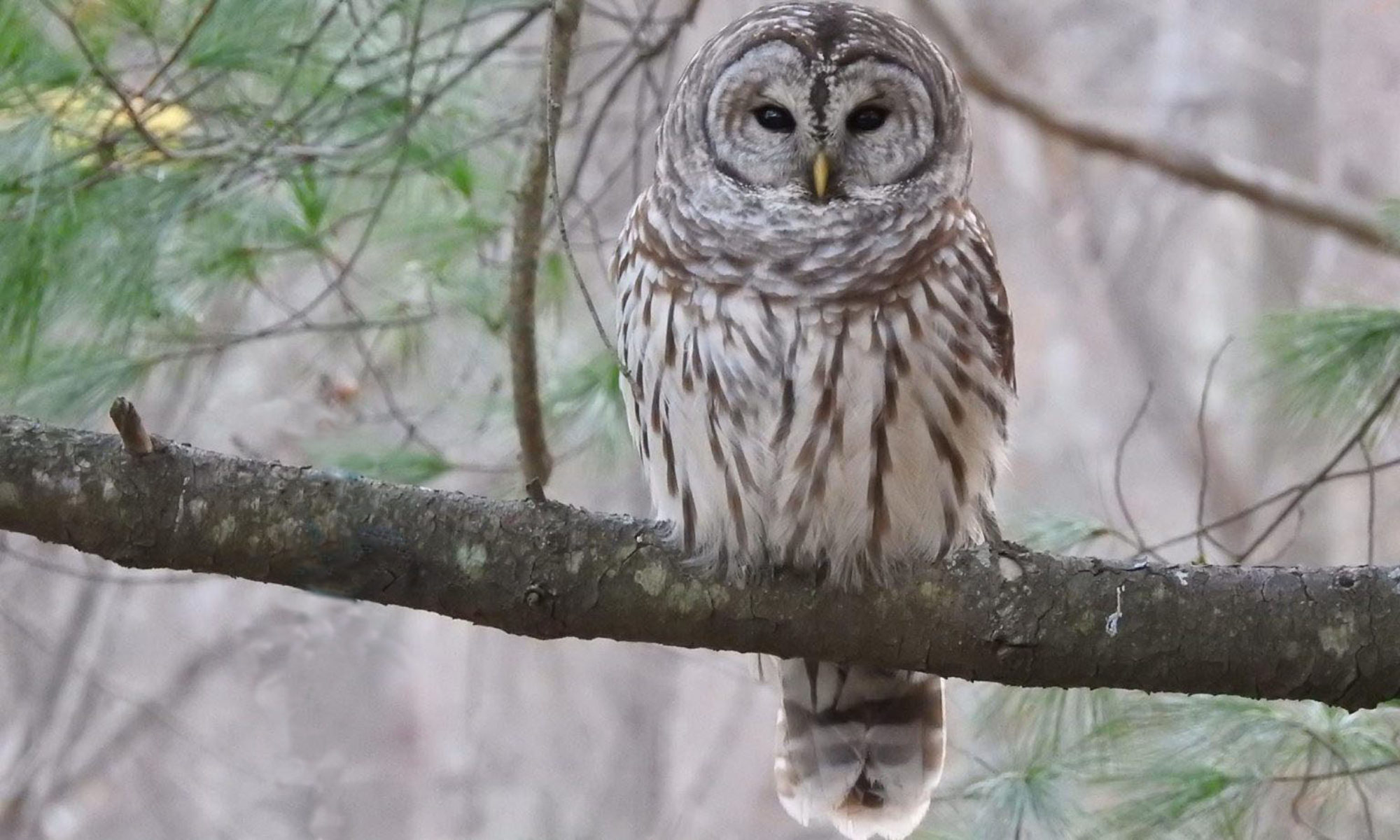It was a terribly sparse and spotty spring for warblering, thanks to quarantine measures such as the closing of numerous hotspots (parks and cemeteries–ironic that many cemeteries are hotspots, perhaps indicative of the sheer numbers of the damned in this part of the country) and my own reticence to get into the car to go anywhere, also fed by the pandemic.
As a result, I missed any reported fallout; all my warblers this spring were hard-won, mostly singles, just 14 species in total. No Magnolia, Black-throated Green, or Blackpoll, let alone Prairie, Blackburnian, Tennessee, Blue-winged, Bay-breasted, Cape May, etc.,.. Maybe it is my choice of habitat to frequent, but I did see some of the other, more common transients, as well as a Wilson’s and a Canada.
And a Mourning Warbler. On May 17 I was drawn to a skulker in a bramble thicket, expecting yet another Common Yellowthroat. Instead a surprise: a burst of song , and a richly colored yellow, charcoal, and greenish bird popped out, granting me crushing views at maybe ten or fifteen feet. I watched in hushed appreciation at this bird, a lifer for me. And later that afternoon I was able to relocate it with my eight-year-old.
The bird was still there early the next morning, singing, and I saw it just long enough to get a very blurry picture (thanks, PD!) before it flew off. Then it was gone for good. I was profoundly grateful. In these crazy times, you have to appreciate any glimmer of hope, no matter how skulking and fleeting, that presents itself.

